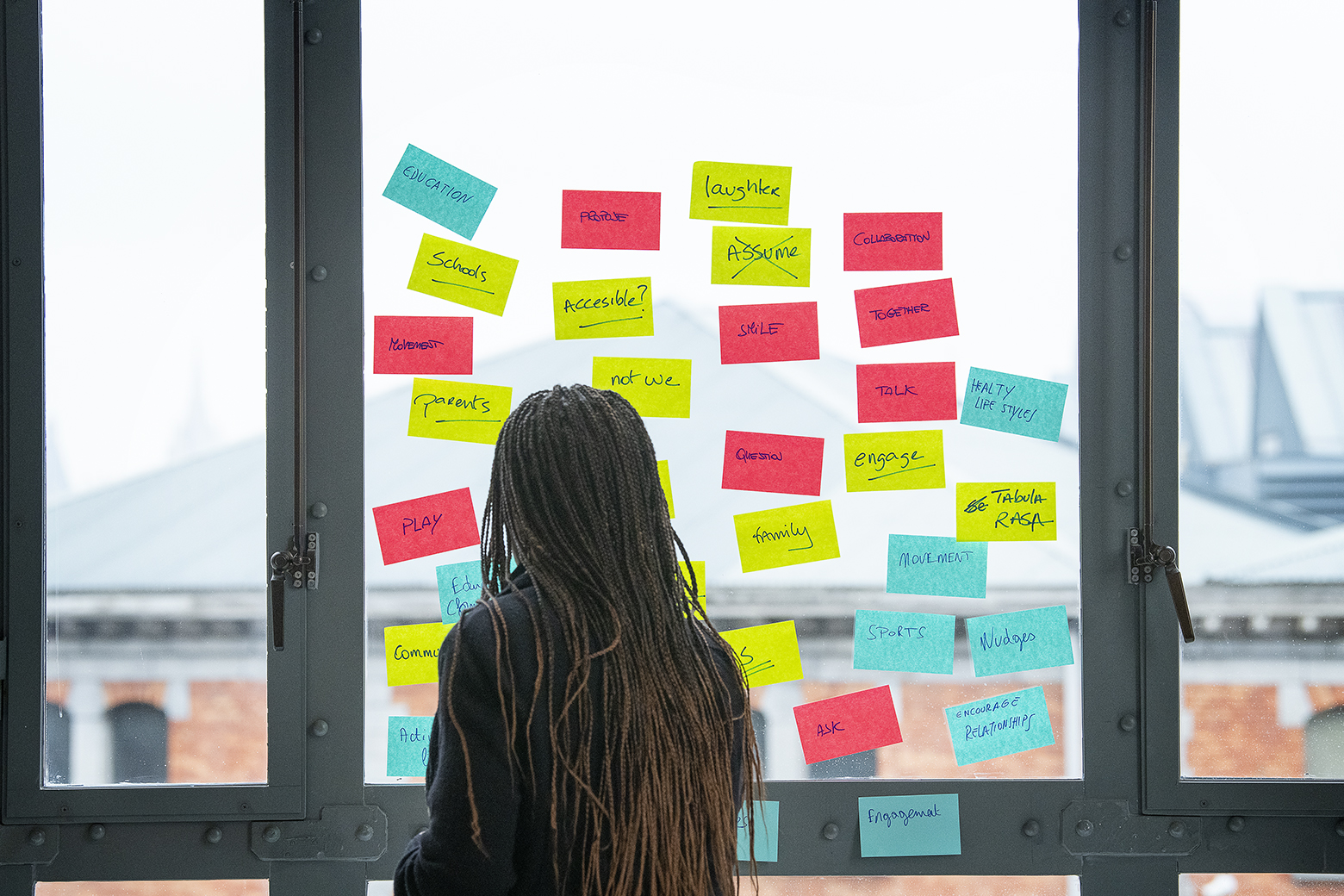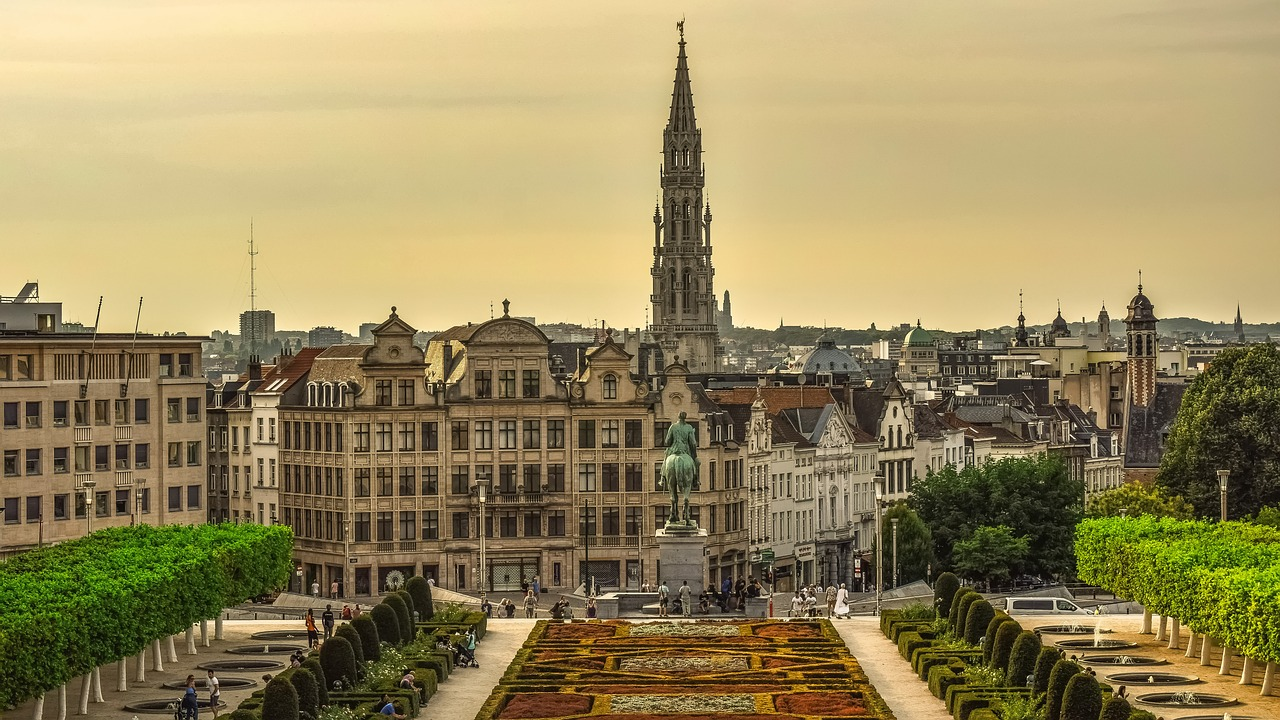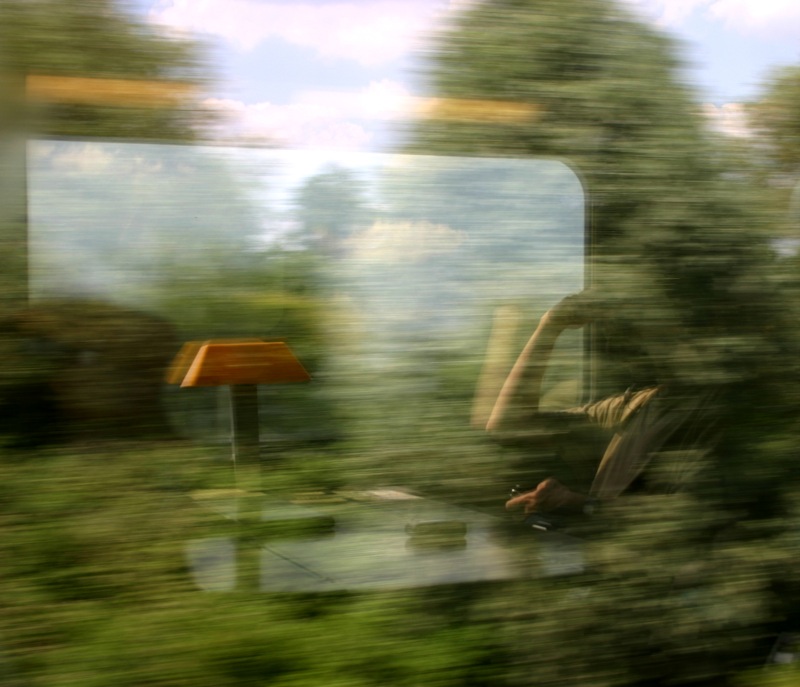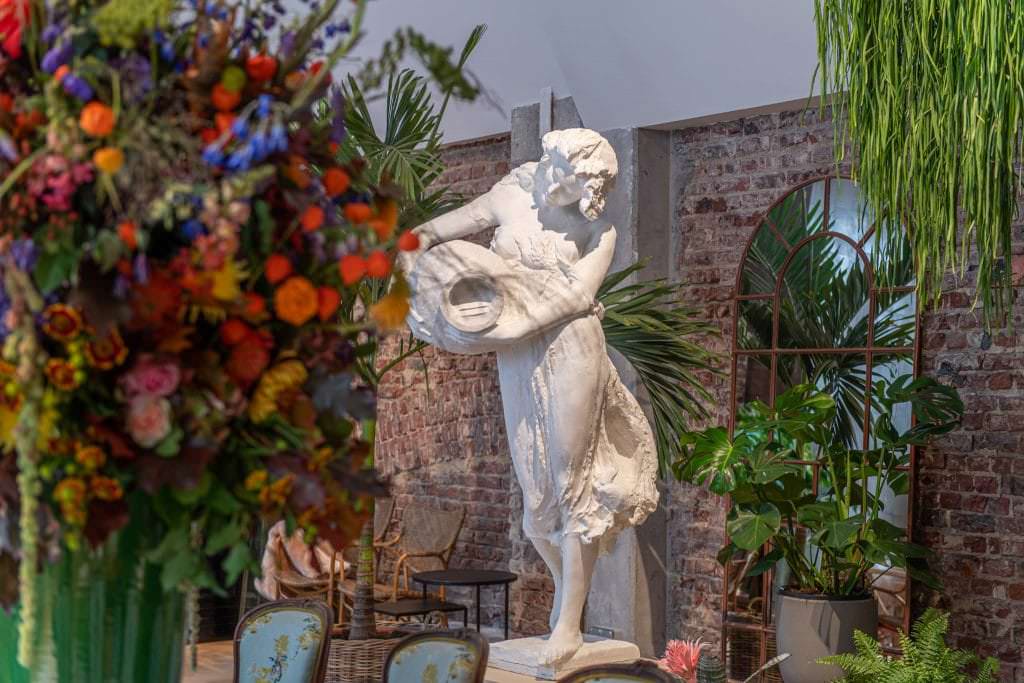The MOVE Congress masterclasses on Friday morning, 19 November, started with an extremely innovative session (wordplay intended) called ‘Mastering the culture of innovation in sport and physical activity’. We heard from some fresh thinkers in the field of recreational sport and physical activity talk about the necessary steps needed for the innovation process to be successful, or, rather, valuable.
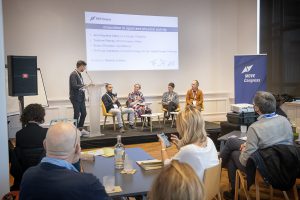
“The way we are watching, practicing and consuming sports has completely changed. Try to address these changes and remain relevant,” Jean-Baptiste Alliot from Paris&Co Director of the Sport and Health Hub.
Jean-Baptiste continued by explaining what innovation stands for and that it is the way we catch trends, how we anticipate the future and operate with agility to remain relevant.
The notion that, as everybody and everything has to develop and innovate, relying on the glory is simply not enough. He pointed out the steps needed to start with innovation should start with a strategy, continue with a necessary audit and move onto a game plan that includes resources and a long-term vision.
“Idea incubation does not start with ideation.”
We should rather focus on problem identification and start building solutions to existing problems, otherwise we are dealing with design and not innovation, Jean-Baptiste added.
“Value needs to be at the core of what you call innovation,” he said, finishing with a strong sentiment: “You need to use the digital to bring people back into the physical!”
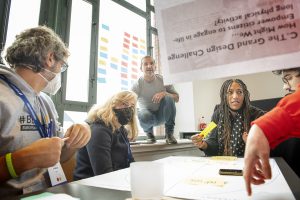
Maxime Leblanc, from the French Ministry of Sport, who was the session moderator, built upon the presented ideas and says that “Innovation seems to be everywhere and for everyone!” It is more present and accessible now than ever before.
After the presentation from Jean-Baptiste Alliot, we heard some brilliant remarks on the topic from leading experts in the discussion panel.
Bruno D’Hulster, SportaMundi, said at the discussion, “you have to transfer the idea to a usable product or technology”, highlighting the importance of idea implementation and the effectiveness of the implemented innovation.
“The three key elements of innovation are the novelty of it, the barrier overcoming element and the value added at the community level,” said panellist Teodora Pletosu from KEA European Affairs, explaining what makes innovation what it is. She also put an accent on looking at innovation from many perspectives to try and find its socioeconomic context.
“It’s supposed to be quite uncomfortable to get radical solutions”
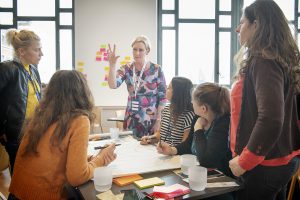
Fiona Chambers from the University College Cork, Ireland, guided the second part of the masterclass together with her colleague Briony Supple and delivered an interactive session showing the participants how to put design thinking in practice.
They oriented their workshop around problem thinking and observation, agreeing with the statements of Jean-Baptiste. Design work is based around empathy, they said, and the focus is on the people we are serving with the innovative solutions.
“It can be about anything, products, services, processes, your life etc.” Participants were presented with different challenges, different personas and the methodology to tackle those problems through design thinking. “Innovation and design thinking is a super power.”
It was a truly impressive mix of presenting, discussing and practical work in the field of sport innovation. The ‘Mastering the culture of innovation in sport and physical activity’ masterclass was coordinated by ISCA Development Officer Laura-Maria Tiidla.
Innovation seems to be everywhere and for everyone – including sport and physical activity promoters
The MOVE Congress masterclasses on Friday morning, 19 November, started with an extremely innovative session (wordplay intended) called 'Mastering the culture of innovation in sport and physical activity'. We heard from some fresh thinkers in the field of recreational sport and physical activity talk about the necessary steps needed for the innovation process to be successful, or, rather, valuable. “The way we are watching, practicing and consuming sports has completely changed. Try to address these changes and remain relevant,” Jean-Baptiste Alliot
Visiting Brussels with us this November? Here are some sightseeing tips
As this year we are bringing you to Brussels for the MOVE Congress, we wanted to highlight some of the incredible things you can see and experience in Brussels. We want you have the best possible experience as participants of the MOVE Congress. The Grand Place The Grand Place in the centre of Brussels is surely going to leave you speechless. The 15th century city hall in the middle of the square is breath-taking and the architecture is striking. It is considered
How can we travel to the MOVE Congress in a more sustainable way?
Last week we highlighted some of the actions this year's MOVE Congress venue, Tour & Taxis (Maison de la Poste), are taking to make their events more sustainable, and this week we are talking about transport: how to get to Brussels, why to choose a train over a plane and how to move around the city and reach the MOVE Congress. TRAVELLING TO BRUSSELS: TRAIN vs PLANE Reasons why opting for a train instead of air travel might be a better option
How can a conference venue be sustainable? Introducing MOVE Congress 2021 host Maison de la Poste
ISCA is dedicated to finding new ways of making our projects and events as sustainable as possible and this year's MOVE Congress at the Maison de la Poste will be the perfect example that change is possible. We can build back greener, more active and healthier through placemaking and green city initiatives, which alongside advocating the benefits of grassroots sport and physical activity, is one of our passions. One of the main reasons why we chose the Maison de la Poste

